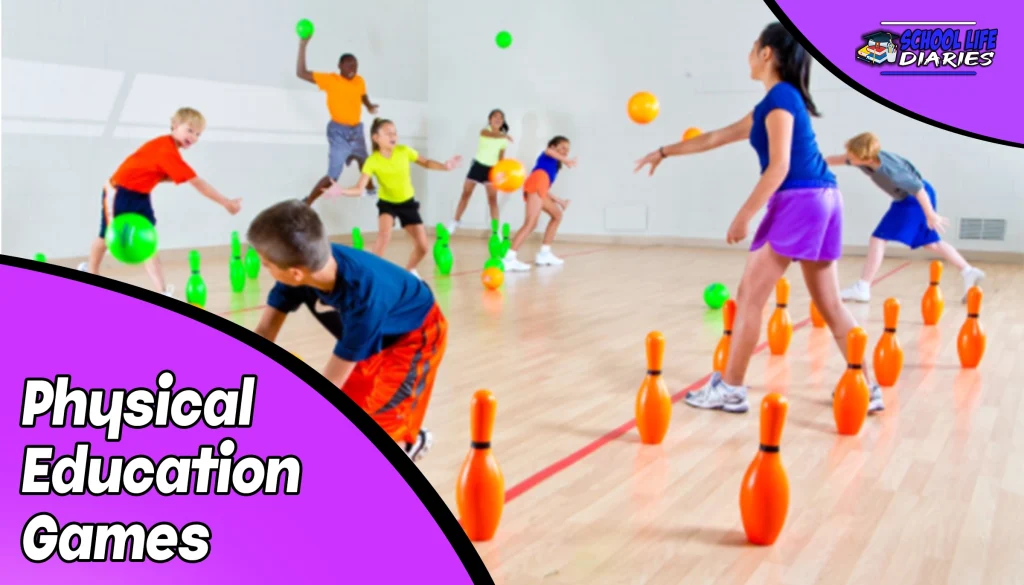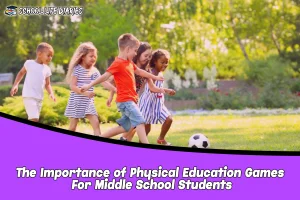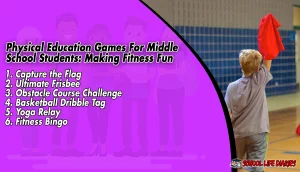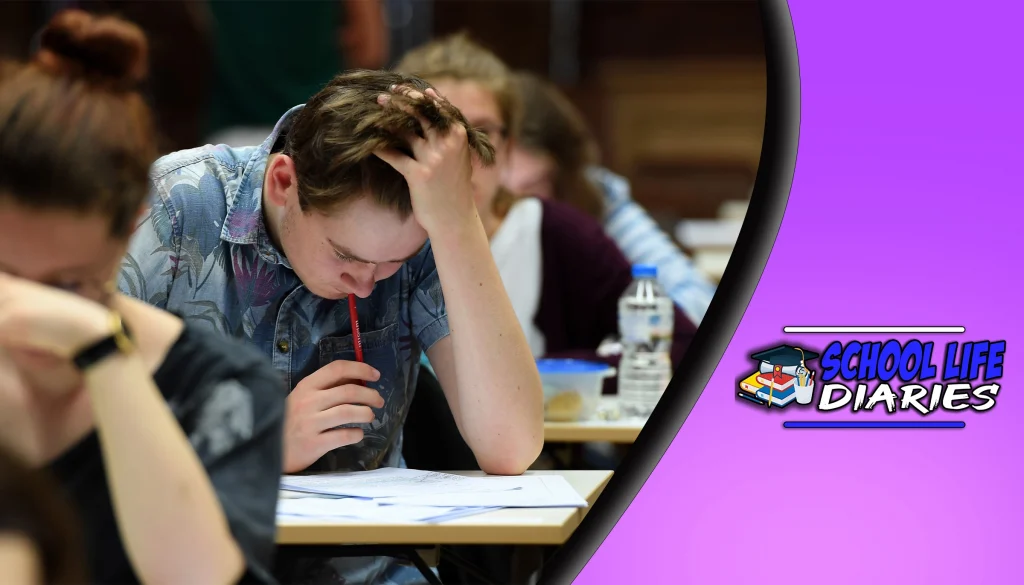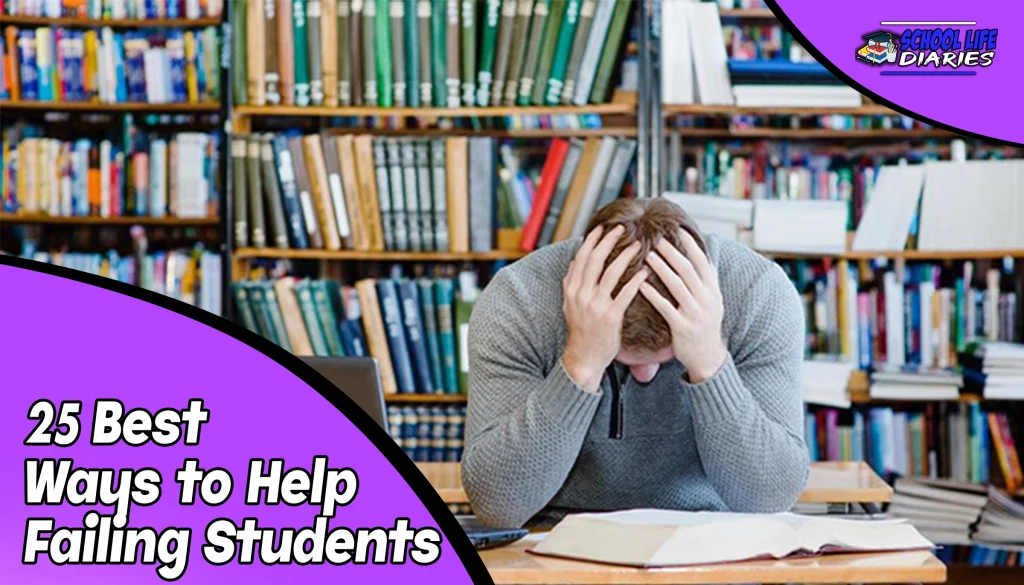Physical education games play a vital role in the development and well-being of middle school students. It provides an opportunity for students to engage in physical activities, enhance their fitness levels, and develop essential skills such as teamwork and sportsmanship.
In this article, we will explore a wide range of physical education games for middle school students that promote both health and fun. These games are designed to keep students active, motivated, and excited about participating in physical education classes.
The Importance of Physical Education Games For Middle School Students
Physical education games offer numerous benefits to middle school students. They not only contribute to their physical health but also have a positive impact on their mental and social well-being. Engaging in these games helps students develop motor skills, coordination, balance, and agility.
Furthermore, physical activities release endorphins, the feel-good hormones, which can help alleviate stress, boost mood, and improve overall mental health. Additionally, these games encourage teamwork, communication, and sportsmanship, fostering social skills and building strong relationships among students.
Physical Education Games For Middle School Students: Making Fitness Fun
1. Capture the Flag:
Capture the Flag is a classic physical education game that promotes teamwork, strategic thinking, and physical fitness. Divide the students into two teams and designate territories for each team. The objective is to capture the opposing team’s flag while protecting one’s own. This game requires running, dodging, and quick decision-making, making it an excellent aerobic exercise.
2. Ultimate Frisbee:
Ultimate Frisbee is a fast-paced, non-contact team sport that combines elements of football and soccer. It involves passing a Frisbee disc between teammates with the objective of scoring points by catching the disc in the opposing team’s end zone. This game enhances hand-eye coordination, cardiovascular endurance, and agility.
3. Obstacle Course Challenge:
Create an obstacle course using cones, hula hoops, agility ladders, and other equipment. Middle school students can navigate through the course, jumping over hurdles, crawling under obstacles, and balancing on beams. This game improves motor skills, coordination, balance, and strength.
4. Basketball Dribble Tag:
Basketball Dribble Tag combines the skills of dribbling and evasion. Each student has a basketball and must dribble while attempting to avoid being tagged by another student. If tagged, they switch roles. This game develops basketball skills, agility, and quick reflexes.
5. Yoga Relay:
Yoga Relay is a fun twist on traditional relay races. Instead of running, students perform a designated yoga pose before passing a baton to the next team member. This game enhances flexibility, balance, and mindfulness.
6. Fitness Bingo:
Create a Bingo card with various exercises and movements, such as jumping jacks, push-ups, lunges, and planks. Students perform the exercises to mark off the corresponding squares on their cards. The first student to complete a line or a full card yells “Fitness Bingo!” This game makes fitness training engaging and encourages students to try different exercises.
Related Article: Questions to Ask Middle School Students: Ignite Conversations
FAQs:
Q1. Why are physical education games important for middle school students?
Physical games are important for middle school students as they promote physical fitness, enhance motor skills, encourage teamwork, and contribute to overall well-being. These games make fitness fun and help students develop a positive attitude toward physical activity.
Q2. How can physical education games benefit middle school students academically?
Physical games benefit middle school students academically by improving focus, concentration, and cognitive abilities. Regular physical activity has been linked to better academic performance, increased attention span, and improved memory.
Q3. Are physical education games suitable for students of all fitness levels?
Yes, physical games can be tailored to accommodate students of all fitness levels. It is essential to provide modified versions of games or alternative activities to ensure inclusivity and participation for every student.
Q4. How can physical education games contribute to the development of social skills?
Physical games involve teamwork, cooperation, and communication, which are essential for the development of social skills. These games provide opportunities for students to interact, build relationships, and practice good sportsmanship.
Q5. Can physical education games be integrated into classroom learning?
Yes, physical games can be integrated into classroom learning by incorporating educational elements. For example, games can be designed to teach math concepts through physical activity or incorporate historical facts and trivia into physical challenges.
Q6. How can physical education games be made more engaging and enjoyable for middle school students?
To make physical games more engaging and enjoyable for middle school students, educators can incorporate elements of friendly competition, offer rewards or incentives, and regularly introduce new games and variations.
It is important to create an inclusive and supportive environment that encourages participation and celebrates individual and team accomplishments.
Conclusion:
Engaging middle school students in physical education games is a fantastic way to promote their physical health, improve social skills, and create a positive attitude towards physical activity. These games provide a platform for students to develop their motor skills, coordination, and teamwork abilities while having fun.
By incorporating a variety of physical education games into the curriculum, educators can empower students to lead active and healthy lifestyles. So, let’s encourage our middle school students to get moving, have fun, and reap the numerous benefits of physical education games.

